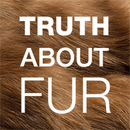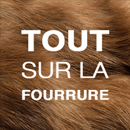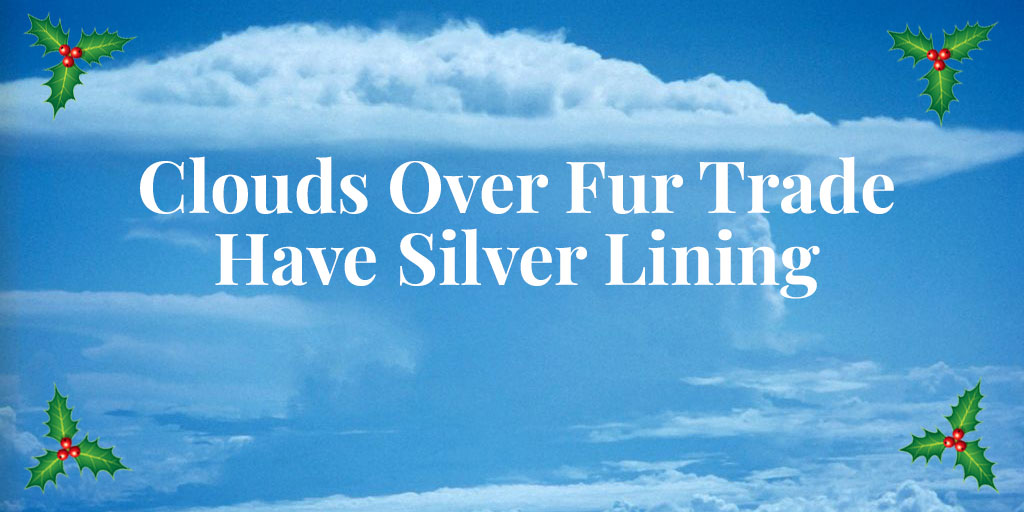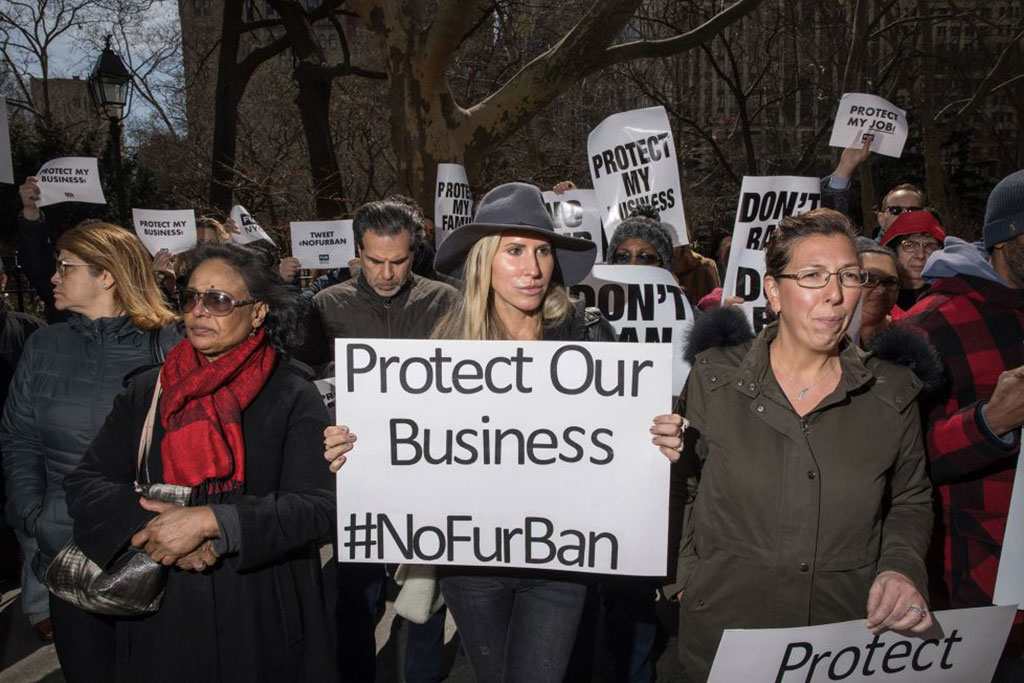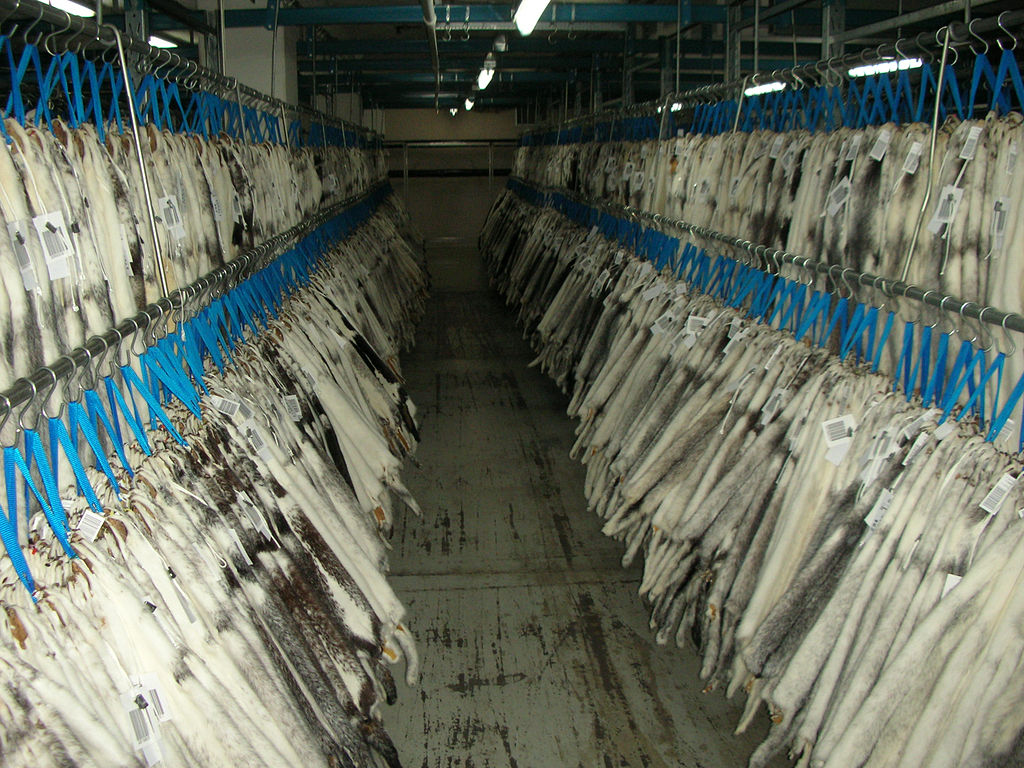The Changing Fur Auction Landscape
by Alan Herscovici, Senior Researcher, Truth About FurRevised Jan. 11, 2024. There have been some dramatic changes in the fur auction scene in the last few years,…
Read More
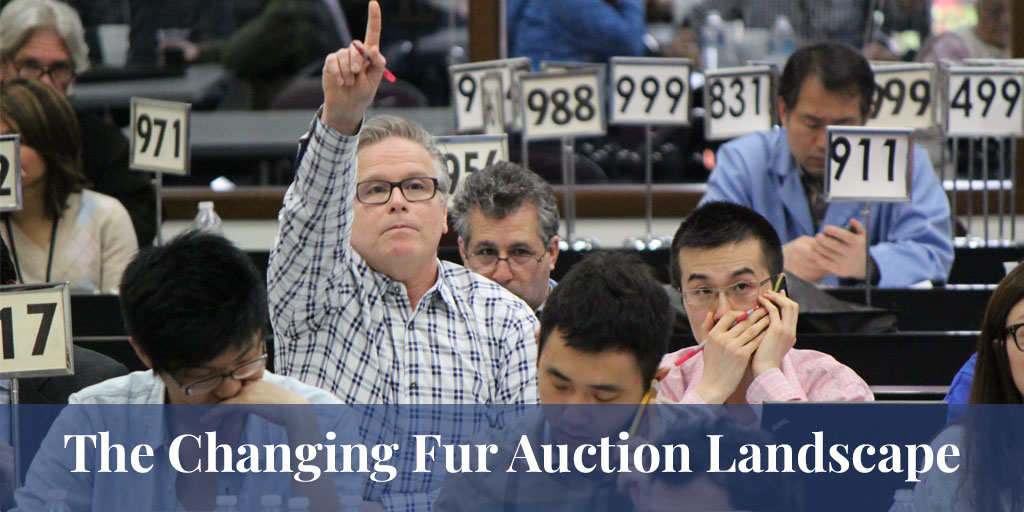
Revised Jan. 11, 2024.
There have been some dramatic changes in the fur auction scene in the last few years, so we thought it was time to make sure everybody – not just trappers and fur farmers, but anyone with an interest in the fur trade -- is up to speed.
In the most general sense, there has been considerable continuity. Most North American fur is still sold at public auction, although more wild fur is now bought from trappers by small- and large-scale collectors who then sell directly to domestic or foreign brokers or manufacturers.
Where there has been dramatic change is in the faces of the major players.
Rewind Just Five Years
Until very recently, North America boasted three important fur auction houses: North American Fur Auctions (NAFA) with its main facilities based in Toronto; American Legend Cooperative (ALC), headquartered in Seattle; and Fur Harvesters Auction (FHA), a trapper-owned cooperative in North Bay, Ontario.
The largest of these was NAFA, the successor to the fur auction business of the Hudson’s Bay Company, a company that once controlled more than half of Canada, and -- founded in 1670 -- is one of the oldest, continually operating joint-share corporations in the world. Owned by the trappers and farmers who shipped to it, NAFA handled both wild and farmed furs, although farmed mink accounted for the largest share of its business in dollar terms.
With farmed mink, NAFA was in direct competition with ALC, a cooperative owned by US mink farmers, and holder of the “Blackglama” brand, arguably the most recognizable fur label in the world. FHA was NAFA’s main competitor for wild fur.
Then the seemingly stable fur auction scene began to change, and fast!
The first shock came in 2018, when ALC announced it was winding down. NAFA bought significant ALC assets, including the Blackglama label, while other assets went to the New York-based Tax family. With a long history of involvement in the fur trade as brokers, the Tax family quickly moved to set up a new US auction specifically for farmed mink, American Mink Exchange (AME).
Then, the very next year, in 2019, squeezed by a cycle of falling fur prices after several years of record highs and rapid expansion, NAFA closed its own doors after filing for creditor protection. Within just a few years, North America had lost its two largest fur auctions, and gained a brand new -- although much smaller -- one.
Which brings us to today. Who are the main players now, and how is North American wild and farmed fur brought to market?
FHA continues its role as an important seller of North American wild fur, and is the only auction house now doing so. FHA has always also sold some farmed pelts, especially foxes -- they now handle most of the farmed fox pelts produced in Canada and the US -- but their offerings of farmed mink have remained quite small.
Since the demise of NAFA, more North American wild fur is now also bought and sold by collectors and dealers, notably Illinois-based Groenewold Fur and Wool. GFW also buys small quantities of farmed fur, mostly third-section goods in both Canada and the US.
Some North American farmed mink is sold at auction – or in “private treaty” sales -- by AME, which has also leased the licence for the Blackglama label.
But the majority of Canadian and US mink production is now handled by Saga Furs North America, an American subsidiary of Saga OJY, the Finland-based auction company created in 1938 by the Finnish Fur Breeders. North American mink is processed and graded at Saga’s new facility in Milton, Wisconsin, before being shipped to the auction sales in Helsinki.
In Europe too, there have been some major changes.
European Development
When NAFA closed its doors, it was only to be expected that more North American farmed mink would head to Europe – home to the world's largest fur auction house, Kopenhagen Fur, in Denmark, as well as Saga Furs.
But then came another upheaval. Until 2020, Denmark was the world's leading producer of farmed mink, and Kopenhagen Fur's main role was to sell the production of the Danish Fur Breeders' Association – supplemented by farmed fur from elsewhere, including North America.. Then Covid-19 struck and the Danish government made the hugely controversial and ultimately illegal order to cull the country's entire mink herd, claiming (erroneously) that this extreme measure was needed to protect public health. It was a PR disaster for the world's fur industry, and a crippling blow to Danish mink farmers, only a few of whom have expressed interest in re-stocking their farms.
As a result of this politically induced catastrophe, Kopenhagen Fur is now winding down operations. With millions of mink pelts in storage, it will continue holding auctions through 2024, but this will probably conclude its offerings.
This leaves Saga Furs as the world’s largest fur auction house. Saga deals only in farmed furs, primarily mink, fox and finnraccoon, and with the demise of both NAFA and Kopenhagen Fur, has increasingly been handling North American farmed mink. Although the auctions are held in Finland, Canadian and US mink are sold under a separate North American catalogue, and all the mink are certified by the Canada Mink Breeders Association (CMBA) or Fur Commission USA.
As this brief survey shows, the last five years have been a rough ride for fur auction houses. For fur farmers, trappers, and others in the trade too, as revenues declined considerably from the record high mink prices registered barely a decade ago – a contraction magnified by the shutdown of important Chinese retail markets during Covid.
But with world mink production now considerably reduced and markets in China and elsewhere bouncing back, there are already signs that demand (and prices) for both wild and farmed furs are once again improving.
Not least important, as society becomes more concerned about environmental sustainability, fur checks all the boxes: natural, long-lasting, recyclable, and ultimately biodegradable.
The fur trade has survived many crises in its long history; it will be interesting to see what the next years will bring!
SEE ALSO: After years of crises it's clear: Fur auctions are the only way to ensure fair prices. By Mark Downey, Fur Harvesters Auction, for Truth About Fur, Feb. 26, 2021.
